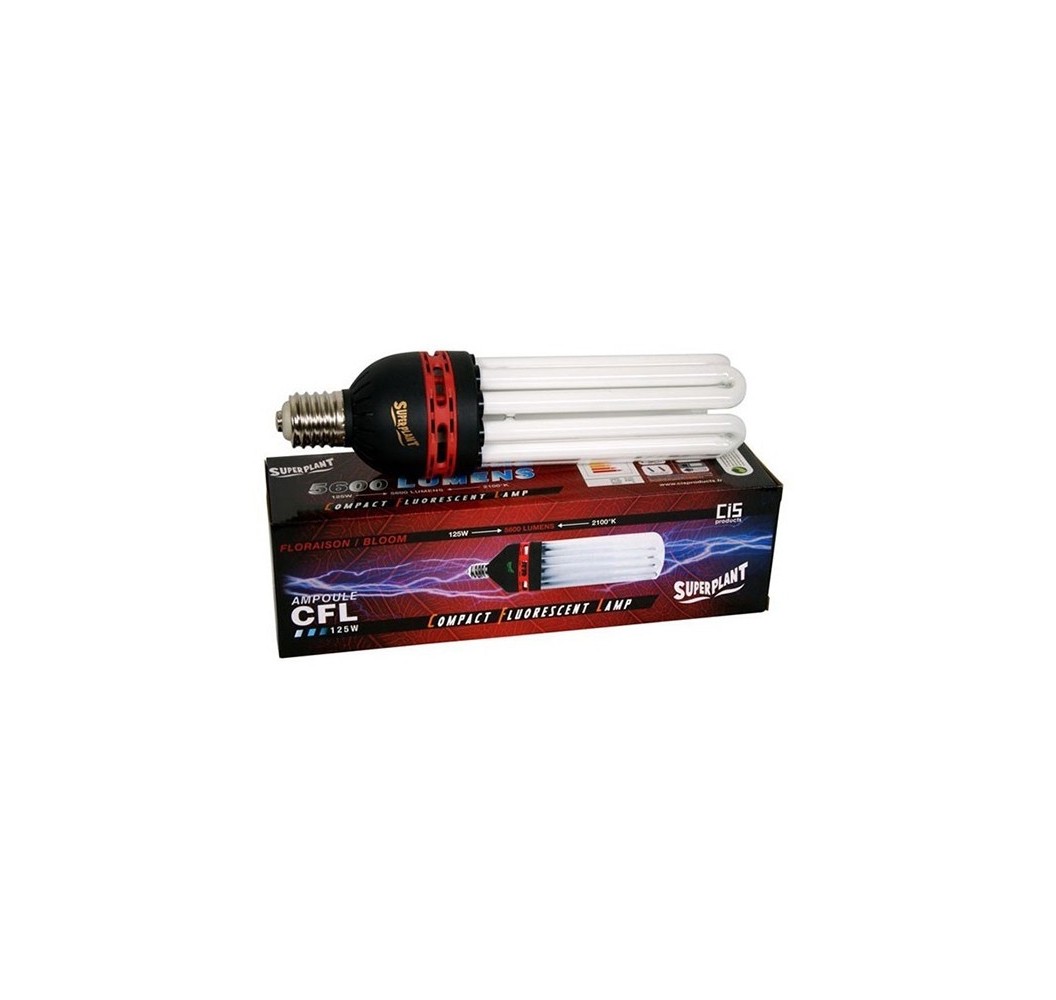- Out-of-Stock


Stimulates plant growth.
5U 125w V2 5500lumens 2100K
305 µmol/m2/s
Plinth E40
220-240V, 50/60Hz
Sunlight is necessary for plants at any stage of development, since light is an energy source that provides the needs of the plant. The vital activity of a plant occurs due to photosynthesis, which helps plants convert inorganic substances (water, carbon dioxide) into organic substances by absorbing light. Therefore, the success of the process depends on:
Air temperatures
Required amount of water
light intensity
CO2 content
It is important to understand that sunlight has a wide spectrum of rays (violet, blue, green, yellow, red, etc.), i.e. it is not homogeneous, therefore, when organizing artificial light for plants, it is necessary to take into account their need for the light spectrum, and one should not forget about the duration of the light period when the plant is awake and when it is resting.
Daylight hours
Different types of plants prefer different lengths of daylight hours. From the point of view of the relationship of plants to light, they are divided into three groups: photophilous, shade-tolerant and shade-indifferent. Violation of daylight hours can significantly disrupt the growth stage of a plant, so it is worthwhile to study in advance the required length of the light period of a grown plant.
Adjusting the length of daylight allows you to control the stages of plant growth (vegetative stage, flowering time).
What kind of light is needed
To date, it is known that the most important influence on plants is produced by the red and blue spectrum. At the same time, the maximum intensity of photosynthesis falls on red light, however, studies show that lettuce grown only under red light has a greater amount of green mass than lettuce grown under red-blue light, but its leaves contain less substances such as chlorophyll, polyphenol and antioxidant.
blue light
Provides the formation of low, squat plants. Prevents excessive stretching of the plant, the stem becomes thicker, the leaves are larger with a dark green tint. Blue light is responsible for plant development.
Stimulates the formation of proteins, some vitamins.
Increases the cold resistance of the plant.
Provides phototropism (the plant follows the sun and turns towards the light), since the pigment contained in the plants is sensitive to blue rays.
Affects the formation of the root system.
Red light
Stimulates rapid growth/volume, development and flowering of the plant.
Responsible for fruit ripening.
Conclusion: blue light provides the initial phase of growth and development (vegetative stage), while red gives a signal for fertility / vigorous growth (flowering). In most cases, only the blue spectrum is needed for seedlings, with a certain balance of blue and red light, it is possible to influence different growth phases to achieve the desired result.
Height and lamp power
If everything is extremely simple with the power of the lamp, the greater the power, the better the result will be, then the height is a rather specific value and only experience and observations will help to adjust its optimal value. If the exposed palm in front of the leaves feels heat from the lamp, it must be raised higher. LED and CFL (ECL) lamps have an advantage over other lamps in this case, they can be placed quite close to the plant due to their poor heat dissipation. With a strong heat dissipation of the lamp, it is necessary to make a heat sink.
If the leaves curl up, close, then it is necessary to limit the backlight time, raise the lamp higher.
The height of the suspension also depends on whether the lamp is the main light source or is used as a backlight. If there is no other light source than a lamp, then the height range is 15-100cm (average “efficiency-illumination area” 60-70cm), in case of additional illumination 15-200cm (average 100-120cm). A more precise adjustment depends on the required area of light, as well as the photophilous nature of the plant.
Stucco mirror reflector 50x40cm complete mounted.
Socket E40 (cable not included).
Stucco mirror reflector 50x40cm complete mounted.
Socket E40 (cable included).